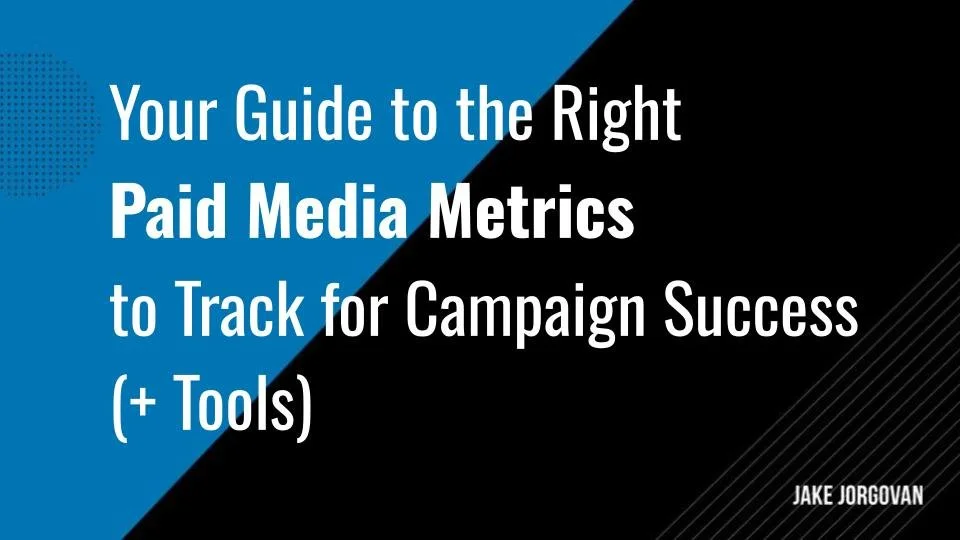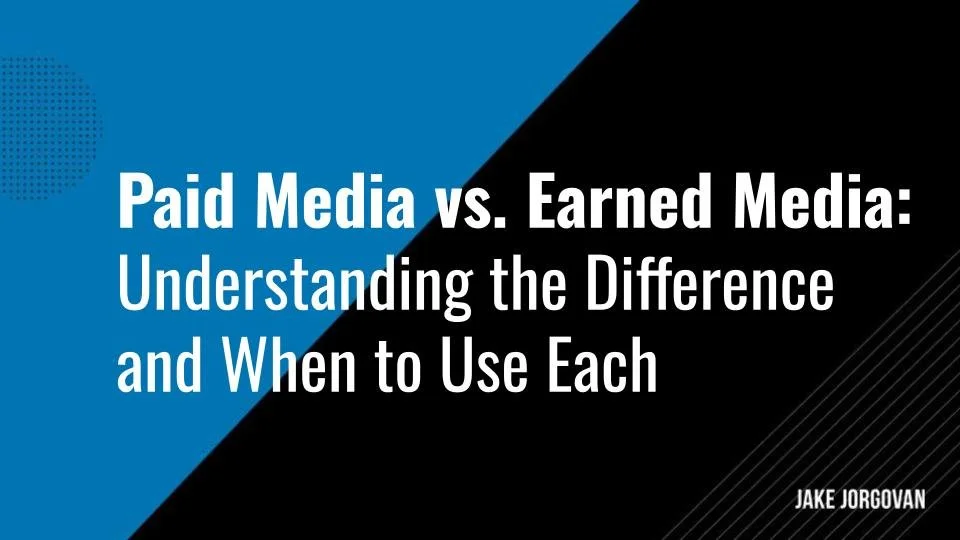How to Leverage SEO for Podcast Discovery: Strategies for Better Visibility in 2025
Podcasts are booming, but without SEO, your show can get buried.
If your podcast isn't optimized, you're missing out on listeners.
In this article, we'll cover key strategies to boost your podcast's visibility.
These strategies include:
Understanding Podcast SEO Basics
Optimizing Titles and Descriptions
The Importance of Transcripts and Show Notes
Leveraging Guest Appearances
Repurposing Podcast Content Across Platforms
Using SEO Tools and Analytics
Building and Leveraging Backlinks
Monitoring and Adjusting Strategies
Ready to make your podcast easier to find?
Keep reading for actionable tips.
1. Understand Podcast SEO Basics
Podcast SEO focuses on making your podcast content discoverable by search engines.
By optimizing elements like titles, descriptions, and keywords, you improve your chances of appearing in search results.
This isn't just about visibility; it's about reaching the right audience with content they’re actively searching for.
Here's how keywords, episode descriptions, and titles play pivotal roles:
Keywords: They act as the core signals for search relevance. Select terms your target audience uses when searching for content like yours. This alignment ensures your episodes appear in pertinent search queries.
Episode descriptions: These provide context and preview content to potential listeners. A well-crafted description that integrates keywords naturally boosts discoverability and appeals directly to user queries, enhancing click-through rates.
Titles: The gateway to your content, titles must be compelling and keyword-rich to help you dominate SERPs.
2. Optimize Podcast Titles and Descriptions
To improve your podcast's SEO, focus on crafting titles and descriptions that attract and engage your target audience.
Here are actionable guidelines:
Be clear and concise
Titles should be straightforward yet catchy.
Aim for 60 characters or less to ensure full visibility in search results.
Example: Instead of "Episode 24 – Discussion on Marketing Trends," use "2025 Marketing Innovations Unveiled."
Incorporate Keywords Strategically
Identify keywords that your audience frequently searches for and integrate them naturally into your titles and descriptions.
Avoid stuffing; keep it readable.
Example: "SEO Strategies in 2025: Boost Your Website's Traffic."
Highlight the Main Topic
Make it immediately clear what the episode is about.
This helps in catching the eye of someone scrolling through a list of potential listens.
Example: "Mastering Google Ads: Tips for Small Businesses."
Use Engaging Language
Draw listeners in with dynamic language that promises value.
Example: "Discover the Secrets to Scaling Your Online Store."
Optimize for 'Speakable' SEO
Consider how your titles and descriptions sound aloud, as many users interact with podcasts via voice search.
Example: "How to Start Investing in Stocks – A Beginner’s Guide."
Also, consider using episode-specific hashtags in your descriptions to tap into trending topics on social platforms.
This boosts your search engine ranking but also your social discoverability, making it easier for listeners to find and share your content within their networks.
3. Use Transcripts and Show Notes
Transcriptions and detailed show notes can significantly boost your podcast’s SEO by making your content more accessible to search engines.
Here’s how to maximize their impact:
Transcriptions as indexable content. Search engines can’t index audio files directly. By providing a full transcript of each episode, you turn your audio content into searchable text. This increases the chances of appearing in search results for relevant queries.
Example: A podcast on "SEO for E-commerce" benefits from indexing phrases like “long-tail keywords for online stores” or “e-commerce SEO tips.”
Boosting long-tail keyword presence. Transcripts naturally include a wide range of related keywords and phrases, capturing long-tail search terms you might not otherwise target. This broadens your search visibility.
Example: A casual mention of “mobile optimization for podcasts” could bring in niche searches.
Show notes as structured metadata. Detailed show notes provide context and a structured breakdown of the episode, helping search engines understand your content.
Example: Include time-stamped summaries or highlight key points like “5:10 - How to optimize podcast titles for search.”
Internal linking opportunities. Show notes allow for the inclusion of internal links, guiding listeners to other related episodes or resources, which improves SEO rankings through better site structure.
Pro tip: Leverage your podcast transcripts by segmenting them into multiple blog posts or articles. This approach maximizes your content's reach and diversifies your site's keyword strategy, enhancing your overall SEO footprint and drawing in a broader audience.
4. Leverage Guest Appearances
Featuring guests on your podcast expands your reach by tapping into their audience and network.
Guests will also typically share your episodes on their platforms, driving traffic to your podcast.
Additionally, these collaborations open link-building opportunities, as guests may link back to your episode from their own websites or blogs.
To maximize guest appearances, consider these strategies:
Select guests with audience overlap: Choose guests whose audience aligns with your target listeners. This increases the likelihood of engagement and conversions.
Research guest influence: Prioritize guests who are active on social media or their own platforms. Their engagement boosts episode shares.
Provide shareable assets: Make it easy for guests to promote by offering pre-made graphics, quotes, and episode snippets tailored to their audience.
Emphasize mutual benefits: Communicate how sharing the episode benefits both parties, increasing the chances they'll promote the episode across their channels.
To enhance guest engagement, create a 'Guest Kit' that includes a unique hashtag, relevant episode links, and a brief guide on how to effectively share podcast episodes.
This streamlines the promotion process and, more importantly, fosters a stronger collaborative spirit, potentially leading to ongoing partnerships.
5. Repurpose Podcast Content Across Platforms
Repurposing podcast episodes as blog posts enriches your content offerings and enhances SEO through additional indexed text.
Sharing snippets on social media drives engagement and attracts listeners by highlighting key moments, effectively broadening your content's reach and impact across diverse platforms.
Expanding your podcast’s reach through YouTube, for example, can significantly increase visibility and engagement with a broader audience.
Here are some effective strategies to leverage YouTube's platform:
- YouTube Shorts for teasers
Use YouTube Shorts to post engaging previews or highlights of your podcast episodes. These short videos can capture the attention of users who prefer quick content and serve as an introduction to your longer episodes.
- Live streaming
Engage with your audience in real time by hosting live podcast sessions or Q&A segments on YouTube. This direct interaction helps build a stronger community and increases viewer loyalty.
- Scheduled premieres
Generate excitement by scheduling new episodes as YouTube Premieres. This feature allows your audience to experience new content together, creating a live event atmosphere complete with a countdown and live chat.
- Enhanced discoverability through playlists
Organize your podcast episodes into themed playlists on YouTube. This keeps your content structured and encourages viewers to continue watching related episodes, increasing overall watch time.
- Community engagement
Utilize the Community tab on YouTube to maintain engagement between episodes. This can be a hub for updates, polls, and discussions, keeping your audience involved and interested in your content.
Pro tip: Optimize your podcast's SEO on YouTube by using timestamps in your video descriptions. This helps viewers skip to key segments they're interested in, improving user experience and engagement metrics, which are crucial for boosting your content's visibility on the platform.
6. Use SEO Tools and Analytics
For podcast SEO, leverage tools like Ahrefs or SEMrush for in-depth keyword research, identifying what your target audience searches for.
Use Otter.ai or Descript for accurate transcriptions, enhancing your content's indexability.
Platforms like Google Analytics and Podtrac provide detailed analytics to track your podcast's performance and audience engagement.
Here's how to maximize their utility:
Keyword performance: Utilize Ahrefs or SEMrush to track the ranking progress of targeted keywords. For instance, if your podcast covers "digital marketing tips," check how variations of this keyword perform over time. Adjust content or metadata based on these findings to improve rankings.
Transcription analysis: Tools like Otter.ai provide transcriptions and, more interestingly, highlight frequently used words. Use these insights to understand which topics or keywords resonate with your audience, then tailor future episodes accordingly.
Website traffic analytics: Google Analytics offers a comprehensive view of how listeners interact with your podcast's website. Monitor metrics like session duration, bounce rate, and traffic sources to gauge the effectiveness of your SEO efforts. If certain episodes drive more traffic, consider producing similar content.
Podcast analytics: Podtrac measures podcast-specific metrics such as episode downloads, listener demographics, and engagement trends. Analyze these to identify which episodes have higher engagement, and use this data to optimize your publishing schedule and episode format.
A/B testing for metadata: Experiment with different titles, descriptions, and keywords for a few episodes. Use analytics to determine which variants lead to better discoverability and engagement. Adjust your SEO strategy based on these results to optimize all future content.
Besides, integrate SEO tools directly into your podcast's hosting platform if supported.
This streamlined approach allows real-time SEO tracking and instant data-driven adjustments, optimizing each episode's reach and engagement from the moment of release.
7. Build and Leverage Backlinks
Building backlinks through collaborations and guest appearances enhances your podcast's SEO strength.
These strategies expand your network, creating pathways for search engines to discover and rank your content higher.
Each link acts as a vote of confidence, increasing your podcast's authority and visibility in search results.
Here are strategies for building backlinks that can significantly boost your podcast's SEO:
Create guest-driven content. When you feature a guest on your podcast, craft content that encourages them to link back to your episode.
Example: Provide them with shareable quotes or snippets that can be easily embedded on their site or blog, linking directly to your podcast.
Offer high-value resources. Create content like detailed show notes, transcriptions, or resource guides that provide value. Websites referencing your insights are more likely to link back to your episode as a source.
Example: A comprehensive guide on “SEO strategies for podcasts” could attract backlinks from podcast marketing blogs.
Leverage content partnerships. Collaborate with complementary podcasts or blogs for cross-promotion.
Example: Record a joint episode, then both parties publish and link to each other’s platforms, effectively doubling backlink potential.
Repurpose content. Convert your podcast into multiple formats (blog posts, videos, infographics). Offering diverse content types increases opportunities for backlinks from different content channels.
Pro tip: For deeper SEO impact, regularly audit your podcast's external links. Identify which episodes generate the most backlinks and analyze why. Use these insights to refine your content strategy, emphasizing elements that encourage linking, like unique data, compelling stories, or expert interviews.
8. Monitor and Adjust Strategies
Here are actionable steps to continuously refine your podcast SEO strategy using performance data and listener feedback:
- Analyze listener retention
Use tools like Google Analytics and Podtrac to track listener retention rates.
Example: If certain episodes have higher drop-off points, adjust future content to be more concise or engaging in those areas.
- Optimize underperforming episodes
Identify episodes with lower organic traffic using SEO tools like Ahrefs. Revisit those episodes to update titles, descriptions, or keywords.
Example: Refresh an episode’s metadata with better-performing keywords that align with current search trends.
- Incorporate feedback
Actively request listener feedback through surveys or social channels.
Example: If listeners ask for more in-depth content, create episodes that delve deeper into specific topics. Adjust your content strategy based on recurring feedback patterns.
- Monitor keyword shifts
SEO tools such as SEMrush can track keyword performance over time. Regularly update your podcast descriptions and titles to reflect trending keywords in your niche.
- A/B test episode titles
Experiment with different episode titles or descriptions for similar content.
Example: Compare listener traffic for two versions of a title to see which garners more clicks.
Track your SEO success by segmenting your podcast audience based on how they discover your episodes (search, social media, or referrals).
Use this data to refine SEO for each channel, tailoring keywords and content to specific traffic sources.
This targeted approach increases engagement and conversion rates.
Boosting Podcast Visibility: Mastering SEO Strategies for Audience Growth
This guide has equipped you with essential podcast SEO strategies, from refining titles and descriptions with targeted keywords to using transcripts for better searchability.
We've covered the benefits of guest collaborations, content repurposing on platforms like YouTube, and the critical role of analytics in strategic adjustments.
Now, apply these tactics consistently and monitor their impact through feedback and analytics to enhance your podcast's reach and listener engagement.
Start optimizing today to make your podcast more discoverable across different audience segments.
🎯 Recommended reads:






















![Top 22 Paid Media Agencies to Work With in 2025 [Updated in March]](https://images.squarespace-cdn.com/content/v1/50baa49de4b0e51d69257e33/1705515561307-56Z45GN80B4L6J77ELDR/Top+12+Paid+Media+Agencies+to+Work+With+in+2024+%5BUpdated%5D.jpg)











